Ver y hacer
Enjoy “Metal Fittings” in Kyoto! Tips I learned from Artisans
Ver y hacer
Enjoy “Metal Fittings” in Kyoto! Tips I learned from Artisans

Socio de contenido
Kyoto Love. Kyoto is an online magazine that has all you need to know to call yourself a Kyoto expert! Kyoto culture in both historical and modern contexts. Get to know Kyoto, get to love Kyoto.
Socio de contenido

Kyoto Love. Kyoto is an online magazine that has all you need to know to call yourself a Kyoto expert! Kyoto culture in both historical and modern contexts. Get to know Kyoto, get to love Kyoto.
TEXT BY: Natsumi Tabusa
Aeru Company, General Manager of Japan West Division
“Simple,” “basic,” “natural”...
Words we see over and over in fashion magazines and other media.
For my daily use, I prefer practical clothes and products rather than products with too many decorations But sometimes, I find something that fascinates me.
"This could be used without this decoration... but it's so pretty...!"
Today’s topic of “Kanamono,” metal fittings, is one such thing.
In this article, I will talk about old-fashioned, traditional metal fittings you can find in Japan.
My encounter with traditional metal fittings
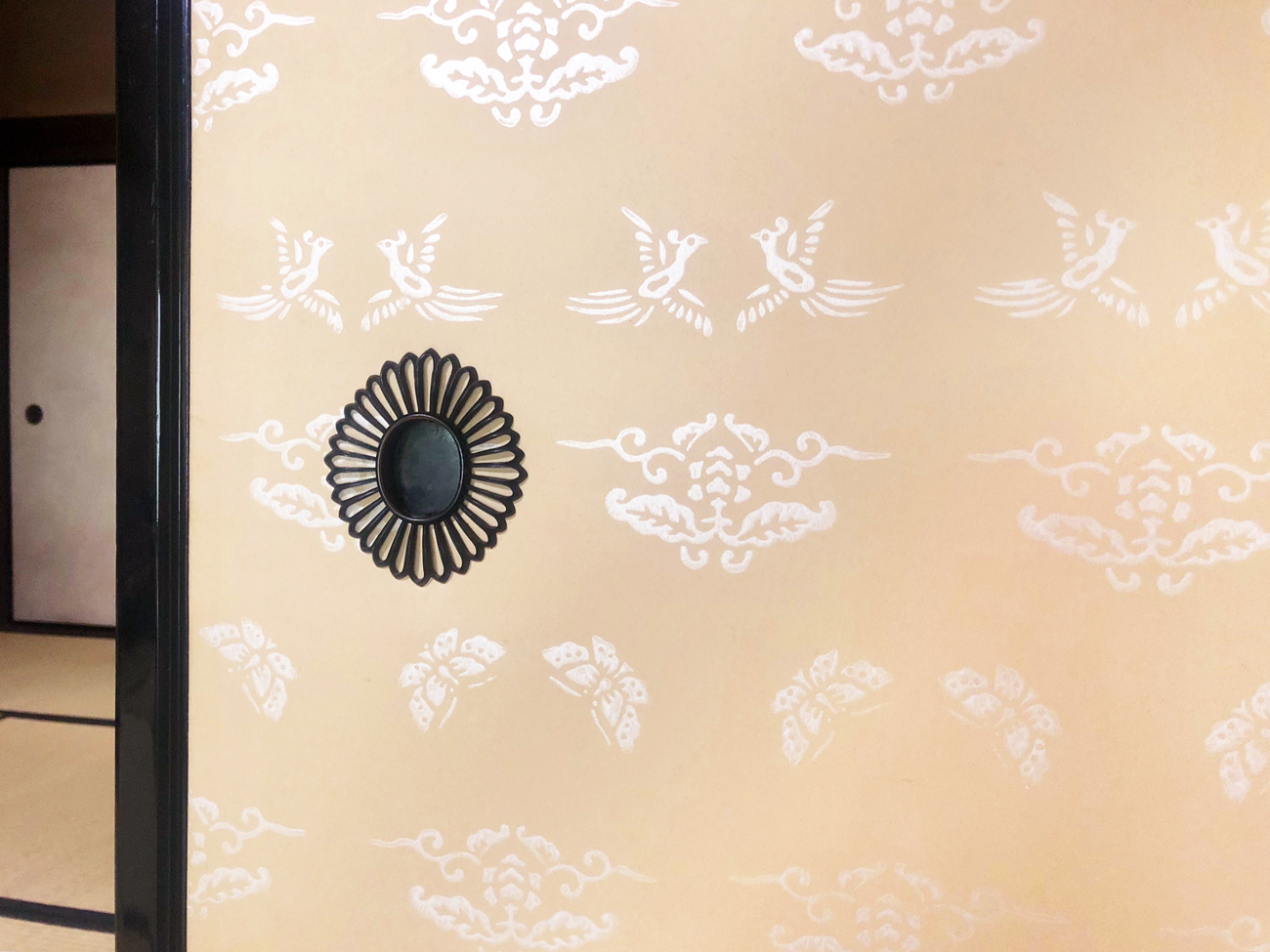
Metal fittings actually exist everywhere in our lives, including nails, screws, hinges, and the part of "fusuma" sliding doors that you hold to open them.
In traditional wooden townhouses in Japan, highly ornate metal fittings have been used for a long time.
But it is said that designs got more plain to fit our western lifestyles.
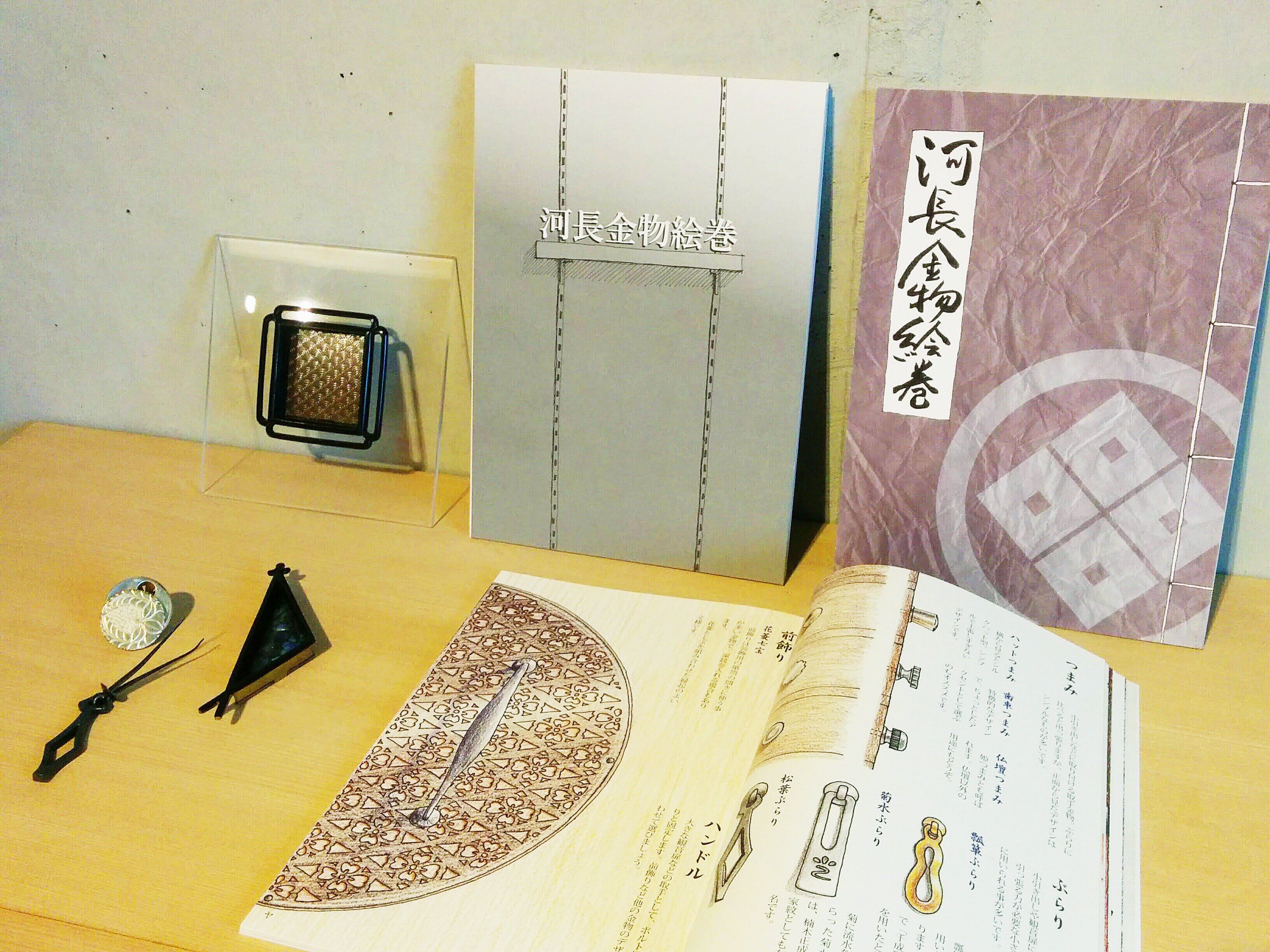
I came across the book at an event to mark the launch of its release at my workplace, "aeru gojo".
Reading the book about both traditional and modern metal fittings with illustrations, I was surprised that such a “profound world” was so close to my daily life.
Traditional metal fittings seemed beautiful and even modern despite not being recent designs.
I got to notice the existence of traditional metal fittings, which combine functionality with beauty.
Metal fittings that produce a “Japanese space”
It was a talk about how we recognize something as being "Japanese style."
What exactly makes us sense that Japanese flavor?
Let’s think about the Japanese chest in this photo as an example.
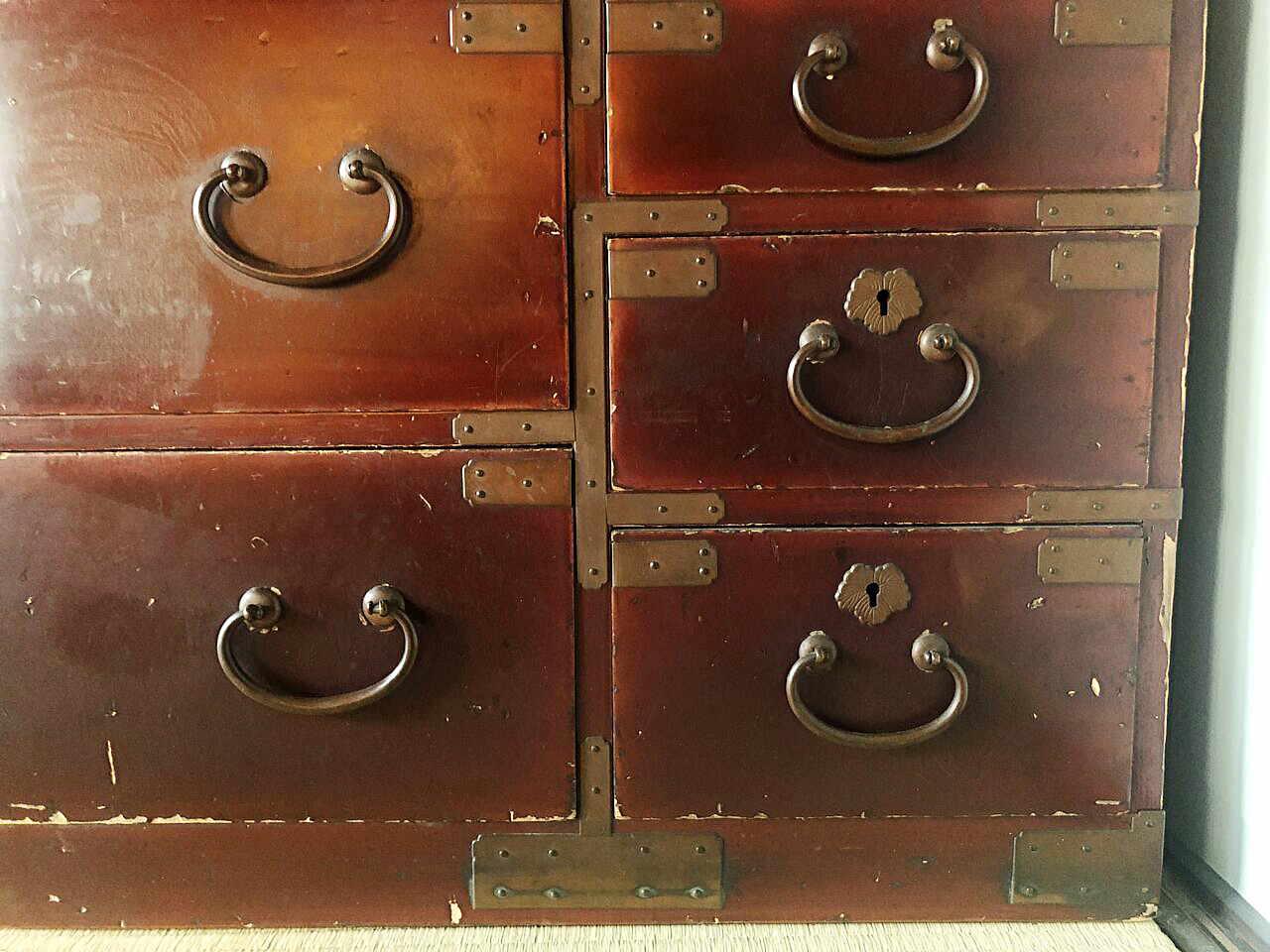
More metal fittings are used for keyholes and corners as well.
Now, what would happen if we removed all of these and replaced them with western handles?
The Japanese chest would probably give a very different impression.
In other words, we can understand that metal fittings actually play a big role in giving us the feeling of "Japanese."
The small metal fittings were the quiet heroes that create a “Japanese space.”
They are in an understated color, yet their presence is paramount in staging the room. . . .
The way they add splendor is subtle and elegant.
After hearing this talk, I realized just how fascinating metal fittings were.
“Simple is best.” Is that really true?
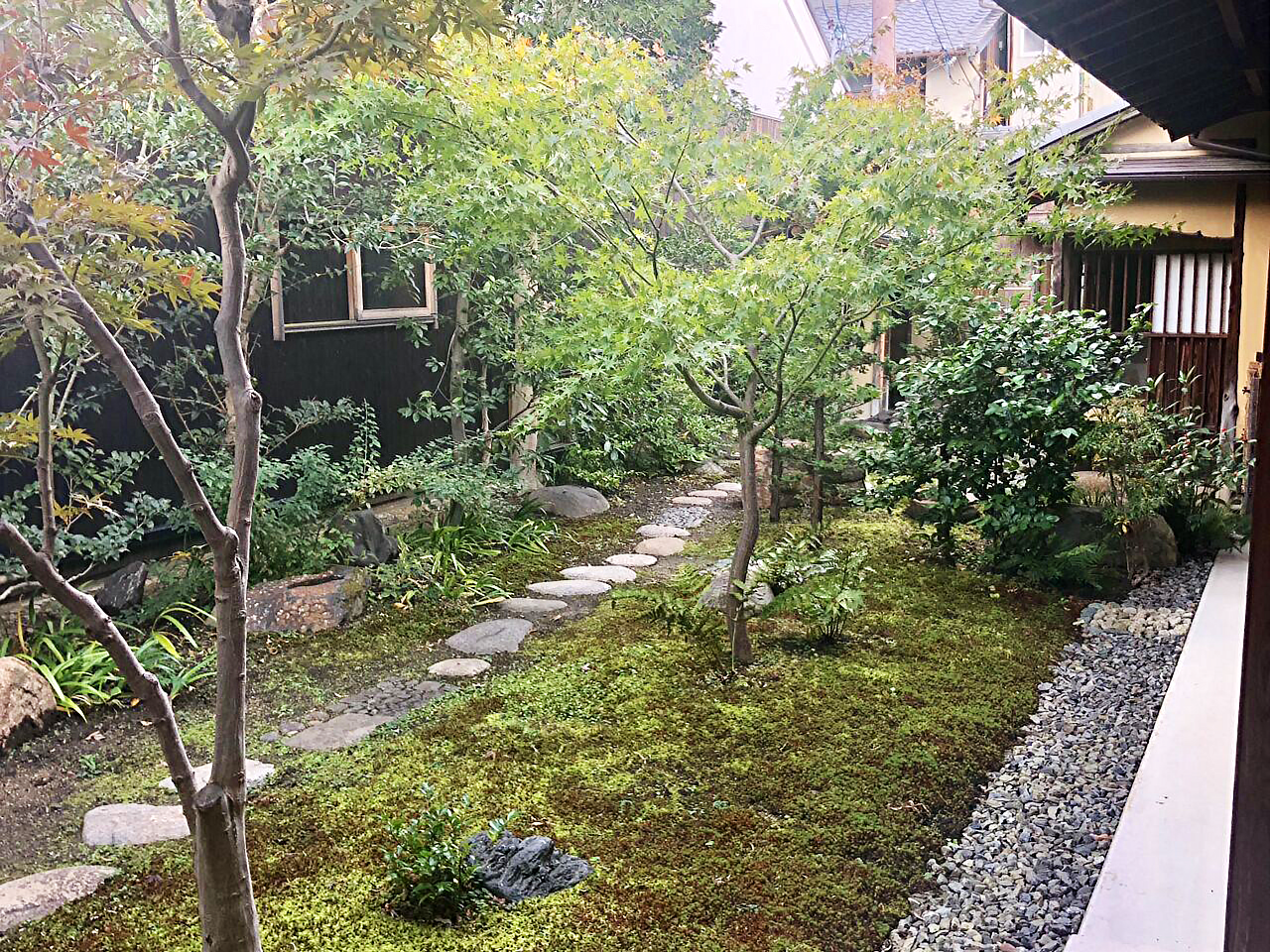
If you look closely, you can see it has gently curved metal fittings.
It’s not just the metal fittings; it also has a beautifully textured wooden board and is quietly accented with a stick of bamboo at the top.
(Be sure to check out my previous article, "Enjoy Wood Grain.")
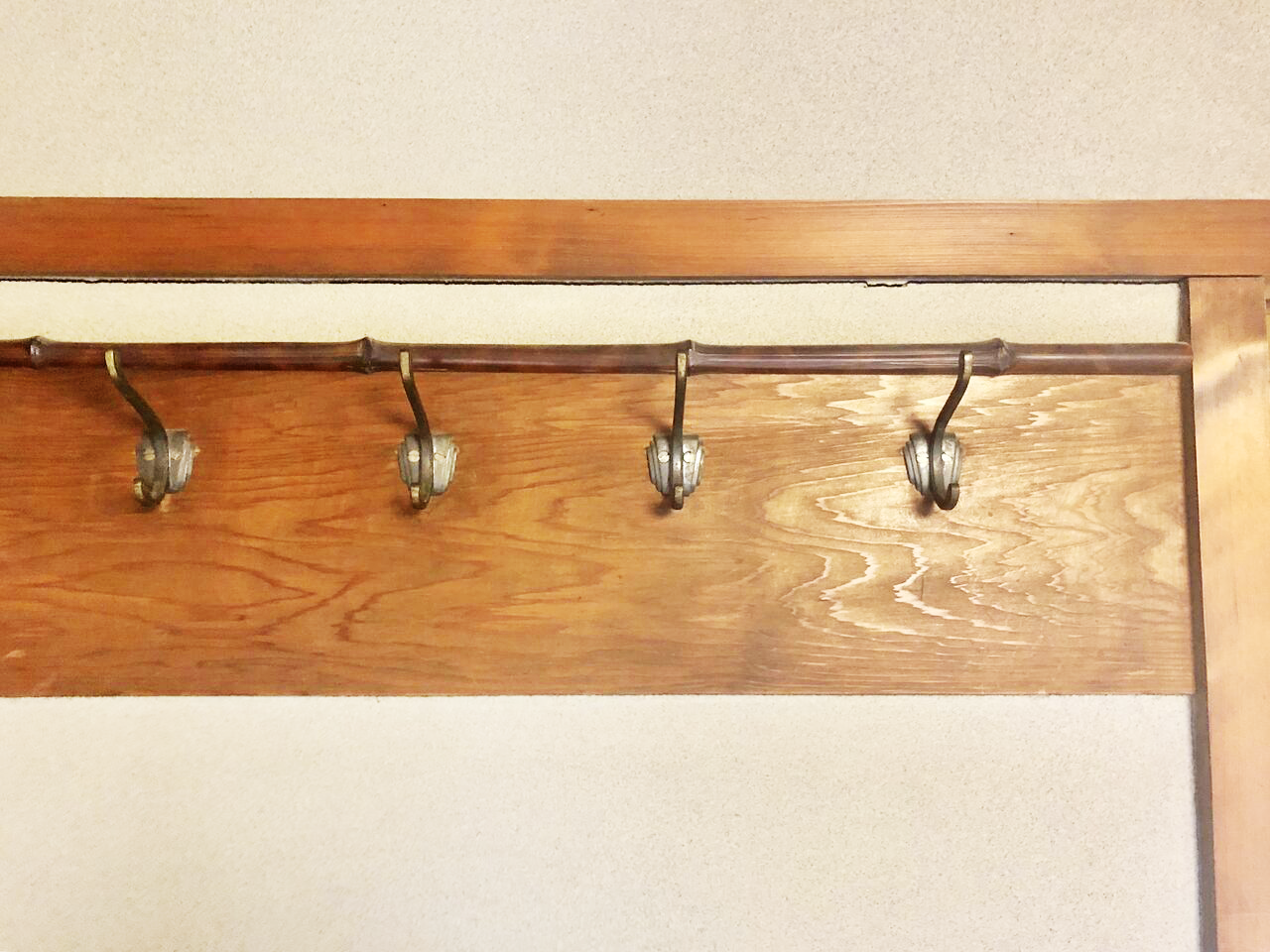
So this kind of decoration might be said to be "too much."
But whenever I find the commitment to detail and a sense of beauty, I feel like communicating with artisans from decades ago.
It is like a conversation with creators beyond time and space.
They might have left something with a touch of excitement, wondering if anyone would notice the works.
What the opposite of “simple is best” is.
The small metal fittings show us a type of beauty different from the minimalist design.
To the Katsura Imperial Villa to see its metal fittings
There’s a place I’ve been long waiting for the opportunity to go and see its metal fittings, the Katsura Imperial Villa.
According to the Kawacho metal fitting book I introduced before, the villa has a famous metal fitting.
It is a "fusuma" sliding door handle (the part where you put your hand to open it) in a design based on the Chinese character for "moon."
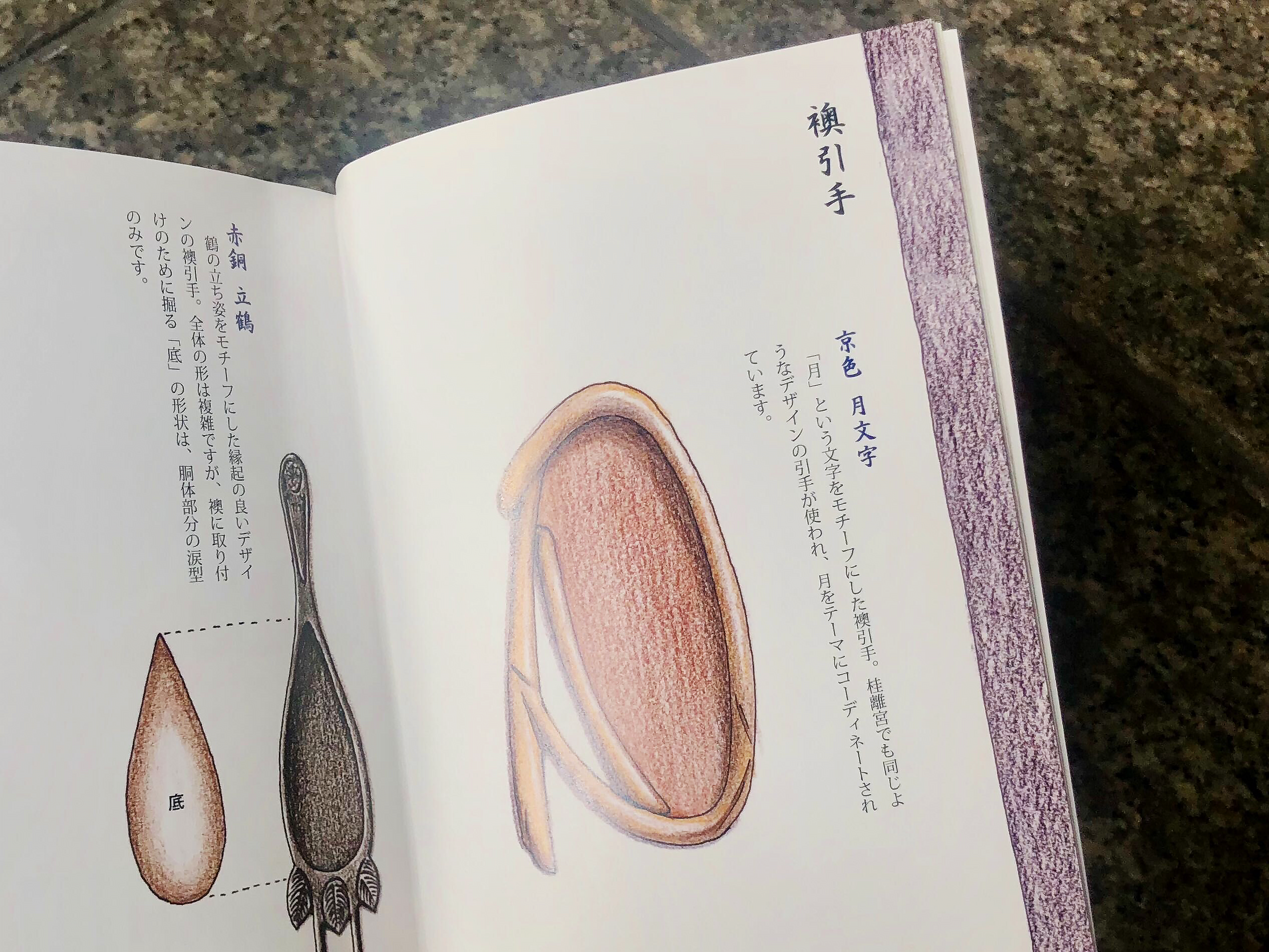
The artisans’ commitment to their work is visible even in a single door handle.
Wouldn’t you like to visit a site with such attention to details?
It's exciting to go explore somewhere led by the inspirations that artisans give you.
The more I learn about Japanese traditions, the more places in Kyoto that I want to visit.
My rising curiosity I hadn't noticed previously also makes me feel like discovering a new part of myself.
I hope you will also get inspired by this story.
Leer más artículos en el sitio del socio

Idioma: Japanese
https://kyotolove.kyoto/Kyoto Love. Kyoto is an online magazine that has all you need to know to call yourself a Kyoto expert! Kyoto culture in both historical and modern contexts. Get to know Kyoto, get to love Kyoto.


